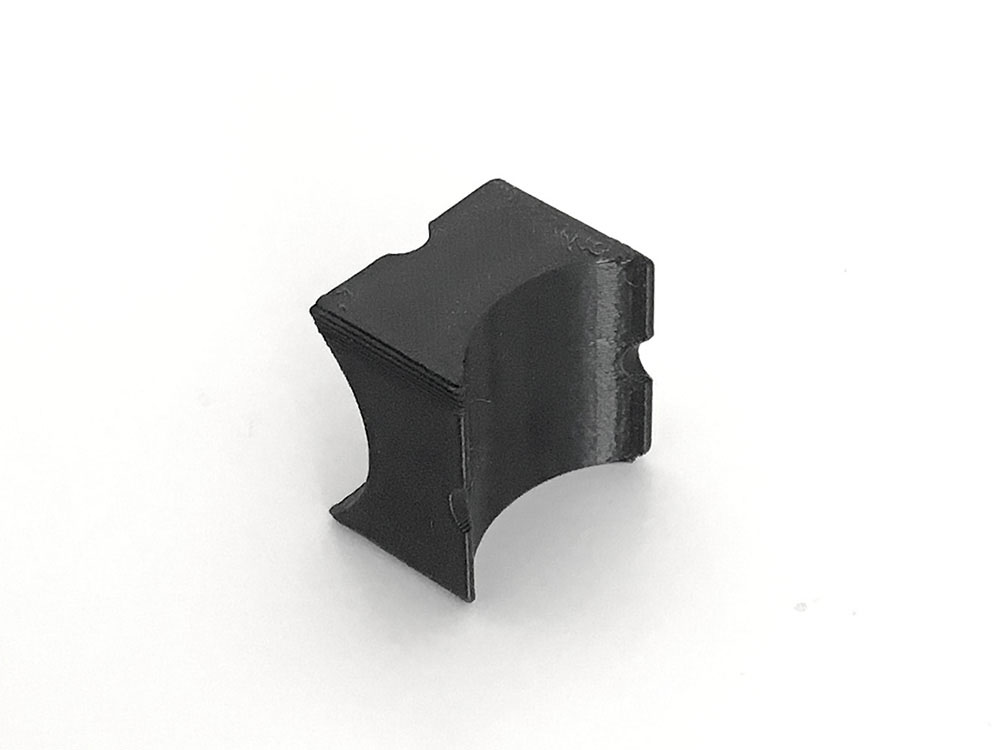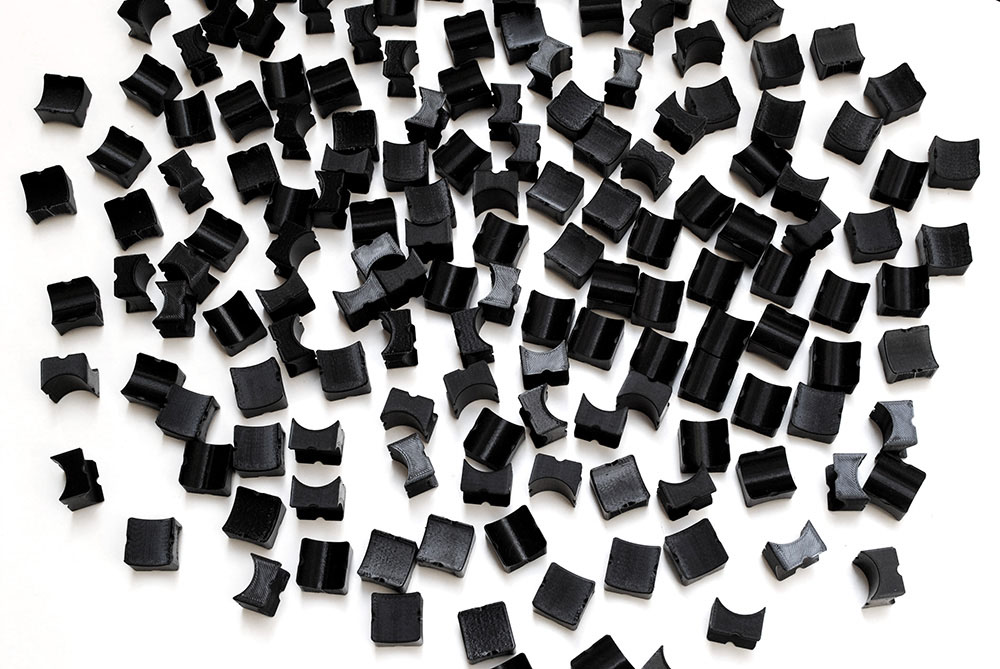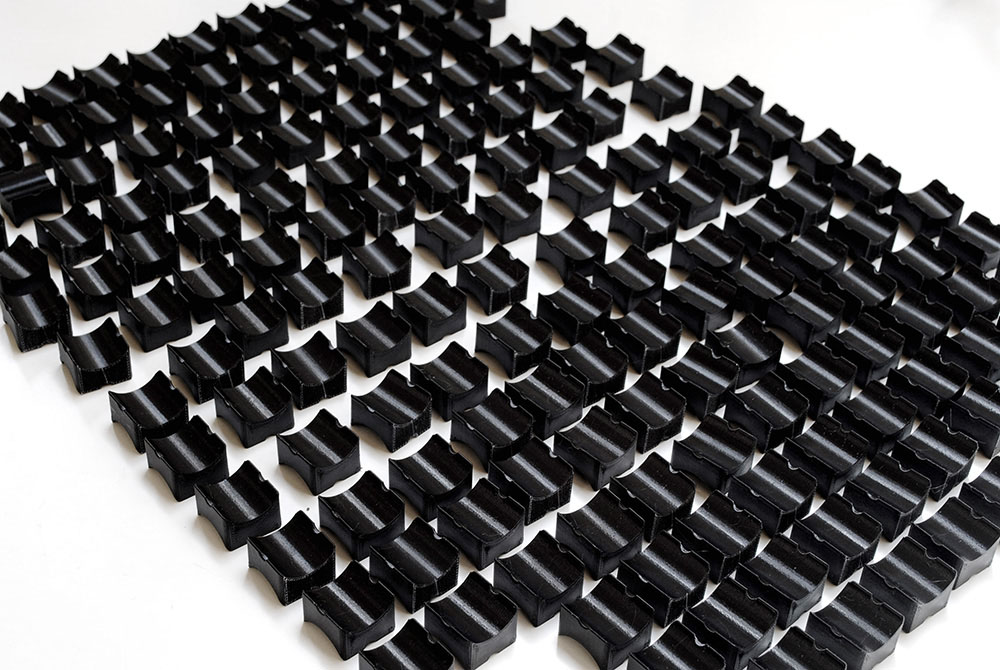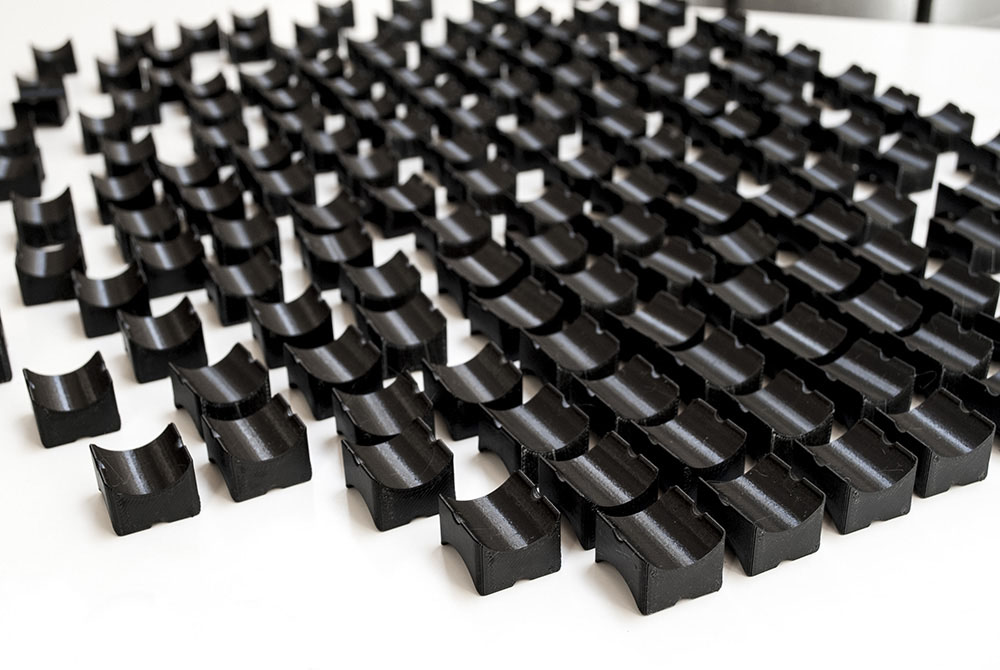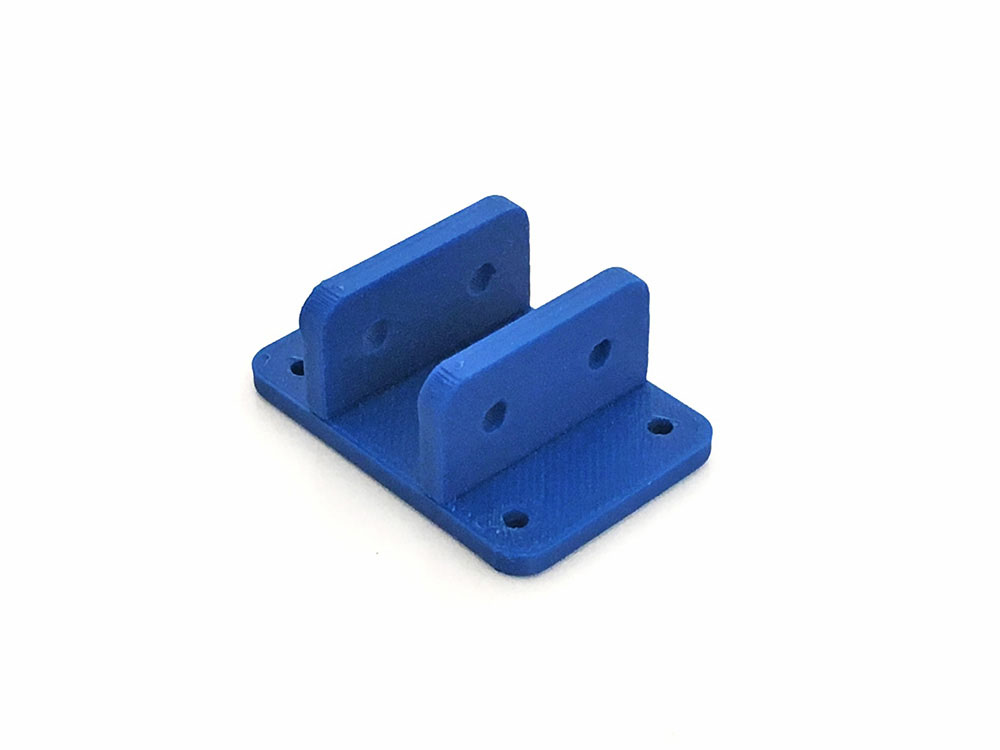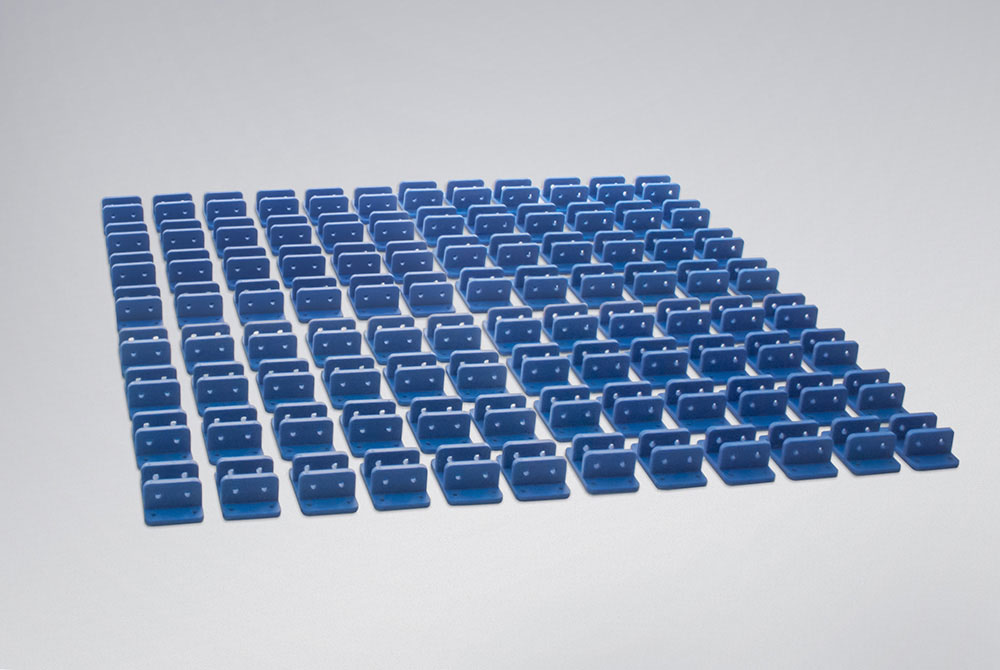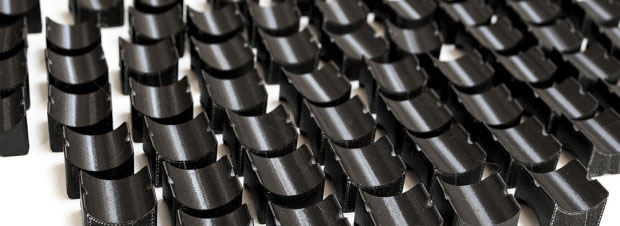
3D printing and low-volume production
Nowadays, 3D printing is no longer just a prototyping tool but a full-featured production tool. Thanks to continuous improvements of materials, and overall speed of the process, it became a direct competitor to other manufacturing technologies such as plastic injection and CNC machining.
In order to demonstrate the time and cost of low-volume production we selected two of our real completed projects as case studies.
150 pieces of separators
DIAGO is a long-term supplier of bearings and machine components on the European market. They approached us with the task of producing separators that are used to separate two cylindrical profiles. It was their first experience with additive manufacturing and they were not sure which technology was appropriate. As the fastest and most affordable solution we picked the FDM / FFF technology and the material Z-ULTRAT.
The separator is an excellent example of a component suitable for 3D printing. It would be relatively difficult to machine it due to the component’s shape and injection molding is not an affordable solution at 150 pieces.
Dimensions: 22 x 22 x 15 mm
Delivery time: 3 working days
100 pieces of holders
The second example of low-volume production is the printing of brackets. Our client had good previous experience with 3D printing of prototypes and thus came to the decision to use it on an even larger scale. We have chosen the same approach as in the first case – the FDM / FFF technology and Z-ULTRAT material.
However, in contrast to the first production we had to pay much closer attention to the orientation of the model itself inside the printer. This is due to the core nature of the technology in which the bonded layers of molten plastic do not form an equally isotropic object such as injected. In order to achieve the highest strength of the final product the layering was done perpendicular to the direction of action of the forces that it will be exposed to.
Dimensions: 42 x 28 x 17 mm
Delivery time: 5 working days
In both cases, flexibility and affordability were an important factor that affected the decision in favor of 3D printing. As you can see, production using AM technology is a reality and anyone who is involved in the manufacturing industry should consider it as a serious alternative. If you want to effectively multiply your product you can try our advice and take advantage of our experience.

